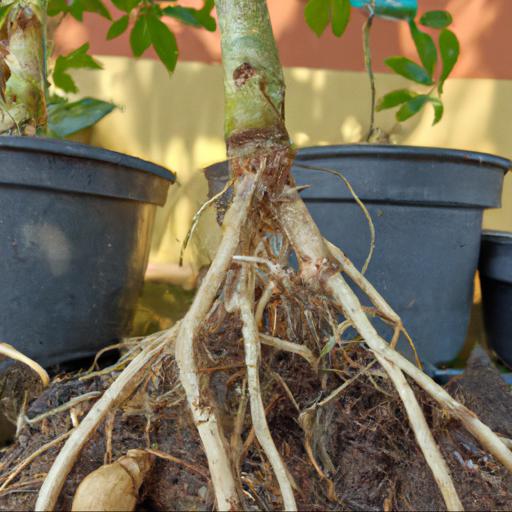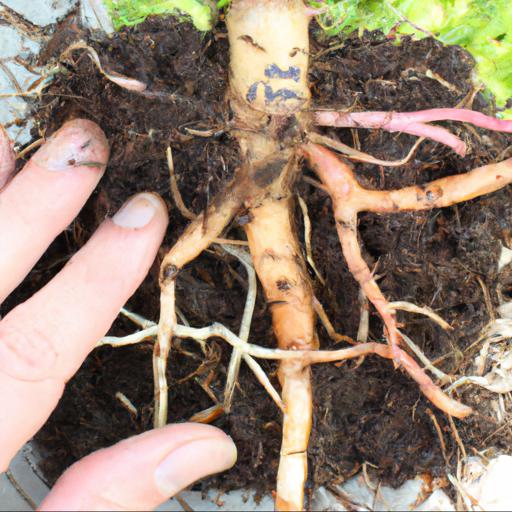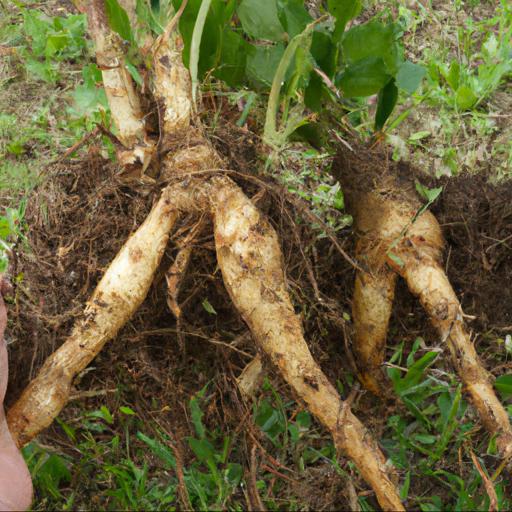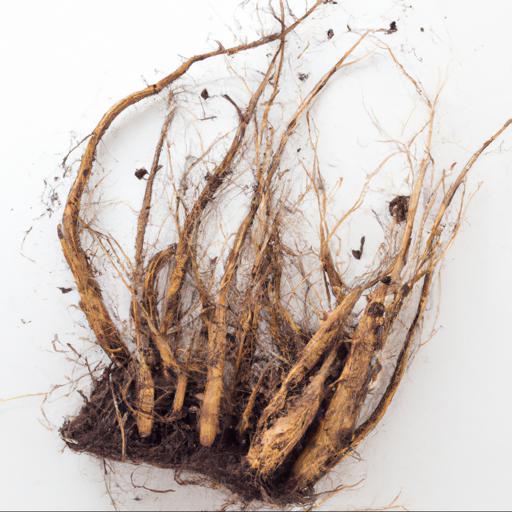Are you looking for the perfect plants to plant your bare-root garden? You’re in luck!
There are so many options to choose from, with the right selection you can create a beautiful, thriving garden that will last for years to come. In this blog, we’ll discuss the best plants to plant bare-root, from perennials to annuals, and how to care for them properly. We’ll also provide tips for selecting the right plants for your garden, and how to ensure they thrive.
So, get ready to get your hands dirty and start planting your bare-root garden!
Benefits of planting bare-root plants

Bare-root plants can offer many benefits for the garden and savvy gardeners should seriously consider this advantageous gardening method. Planting bare-root is essentially planting a dormant deciduous tree or shrub in its natural state, rather than in a pot.
This type of planting has been employed for centuries, and for good reason! By planting a bare-root tree or shrub, gardeners are able to get the same high-quality standards as greenhouse-grown crops, but at a fraction of the cost. Moreover, bare-root plants tend to establish themselves much quicker in their new environment, which can be especially beneficial if you’re looking to establish a vegetative screen or retaining wall quickly.
Another upside of opting for bare-root plants is the fact that they are lighter and easier to transport than those growing in pots. This is especially applicable for those who live in remote locations, or who must manoeuvre around certain obstacles to get to the intended planting site.
Appropriate plants to plant bare-root can vary, but some of the more popular choices include cherry, apple, pear, hazelnut, black locust and willow – just to name a few. In summary, planting bare-root plants offers a range of benefits from cost savings to fast establishment that most gardeners will appreciate. For those who want to save money and get the most out of their garden, it’s definitely worth looking into.
Tips for planting bare-root plants

As a UK garden expert, it’s important to know how to plant bare-root plants to achieve successful results. Planting bare-root plants is different from planting traditional plants, and must be managed carefully to prevent transplant shock from occurring. Planting bare-root plants can be an inexpensive, low-maintenance way to grow your garden, and once you get the hang of it, you’ll find that the process isn’t as intimidating as it may seem.
First and foremost, it’s important to select the right plants. Some popular bare-root plants for UK gardens include roses, lavender, and flowering shrubs, such as heathers.
The plants you choose should be adapted to the environment of your garden, as well as the soil and moisture components. The next step is to prepare the soil prior to planting.
The soil should be loose, well-draining, and full of organic matter. Remove any large rocks, roots, and weeds before planting. If the soil is overly acidic or alkaline, you should use a soil amendment, such as lime or sulfur, to adjust the pH to an appropriate level.
Once the soil is properly amended and prepared, you can begin planting. Start by soaking the roots of the plants in a bucket of water. When the roots are thoroughly soaked, dig a hole deep enough to cover the roots and the root ball, and wide enough to allow you to spread out the roots.
Place the plant in the hole and fill it with soil, pressing gently around the roots with your hands. Finally, water the plant thoroughly, making sure to keep the soil moist for the first few weeks until the plant has had a chance to establish and become established.
Following these tips for planting bare-root plants will help ensure that your plants will thrive in your garden. Keep in mind, however, that some plants require different techniques, such as pruning or staking, so be sure to do your research ahead of time to ensure that your plants are planted correctly and healthily.
Common bare-root plants to plant

. Planting bare-root plants is an economic and efficient way to fill a garden with greenery.
It is also a great opportunity to try out different varieties of plants in order to get the best outcome for your specific soil and yard conditions. Bare-root plants are more economical than their potted counterparts, as they are generally less expensive and easier to transport, as they require no soil. When choosing a type of bare-root plants to put into your garden, there are a few things you should consider.
For example, make sure you pick a type of plant that will do well in your specific size and type of soil and environment. Some common bare-root plants to look for when setting up your garden include roses, clematis, and fruit trees like apples, pears, and plums. These plants tend to do well in most types of soil, as they have fairly shallow rooting systems.
Bare-root plants also have various advantages over potted plants. Since they are already mature, they are ready to begin actively growing and producing new growth much sooner.
As they require no soil and take up less space while they are in their dormant state, they are ideal for areas with limited planting space. When selecting bare-root plants, it is important to check the condition of the roots and stems.
While most nursery stock is of a high quality and will provide many days or weeks of vibrancy in the garden, some older or poorly maintained specimens might not thrive in their new environment. When planting, prepare the soil before and after you set the roots in it. This should ensure the growth of strong, healthy roots, providing a thriving platform for the further growth of your bare-root plants.
For example, roses, planted at the correct depth, should develop thick sets of roots, able to work their way deep into the existing soil for rich nutrition that promotes large, gorgeous blooms. Overall, planting bare-root plants is an affordable and rewarding way to liven up a garden. With just a little research of what kind of plants do well in your soil type, and some basic care such as soil preparation and choosing healthy specimens, these plants can bring a lifetime of beauty to any garden.
Our video recommendation
Conclusion
Bare-root plants are a great way to start a garden. They are easy to plant, require less maintenance, and are often less expensive than potted plants.
Bare-root plants are available in a variety of types, from flowers to vegetables and trees. With a little bit of preparation and care, you can easily add these plants to your garden and enjoy the beauty and bounty they bring.
FAQ
What are the benefits of planting bare-root plants?
The benefits of planting bare-root plants include lower cost, easier handling, and less shock to the plant when transplanted. Bare-root plants also have a higher success rate when planted and establish more quickly than container-grown plants.
What types of plants can be planted bare-root?
Bare-root plants are plants that are sold without soil around their roots. Common types of plants that can be planted bare-root include trees, shrubs, roses, and perennials.
How do you prepare the soil for bare-root plants?
To prepare the soil for bare-root plants, first loosen the soil in the planting area to a depth of 12-18 inches. Then mix in a generous amount of organic matter such as compost or aged manure. Finally, create a small mound of soil in the center of the planting area and place the bare-root plant on top of the mound. Gently spread the roots over the mound and cover with soil. Water thoroughly.
How do you care for bare-root plants after planting?
After planting bare-root plants, it is important to water them thoroughly and keep the soil moist. Mulching around the plants can help retain moisture and prevent weeds. Fertilizing the plants with a balanced fertilizer can also help promote healthy growth.
What are the advantages of planting bare-root plants over potted plants?
The advantages of planting bare-root plants over potted plants include a lower cost, less soil compaction, and more efficient water uptake. Additionally, bare-root plants are more likely to establish themselves quickly and have a higher success rate than potted plants.
What is the best time of year to plant bare-root plants?
The best time of year to plant bare-root plants is in the early spring, when the soil is still cool and moist.

